- wellness@curaphysiotherapyclinic.com
Posture Correction Programs
Good posture is important to maintain a healthy mind and body. When you practice correct posture, your body is in alignment with itself.
What is Posture Correction?
Posture correction refers to the process of improving and aligning one's body posture to achieve optimal musculoskeletal alignment. It involves addressing any postural imbalances or deviations from the ideal alignment of the body's various structures, such as the spine, joints, and muscles.
Poor posture can result from:
- Prolonged sitting
- Incorrect ergonomics
- Muscle imbalances
- Structural abnormalities
Posture correction typically involves a combination of exercises, stretches, ergonomic modifications, and lifestyle changes to restore and maintain proper alignment. The goal is to alleviate pain, prevent injuries, improve balance and stability, enhance physical performance, and promote overall well-being.

Posture Correction Program includes
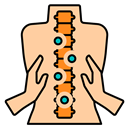
Manual therapy
techniques
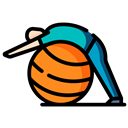
Targeted
exercises

Ergonomic education
to correct posture
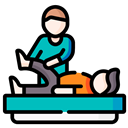
Strengthen supporting
muscles
CURA Physiotherapy Clinic offers a specialised Posture Correction Program designed to address postural imbalances and improve overall alignment. With the guidance of skilled physiotherapists, patients undergo a comprehensive assessment to identify postural issues and associated musculoskeletal problems.
These tailor-made exercises are considered as per the individual's muscular capabilities and flexibility.
Here are a Few Tips For Maintaining Good Posture
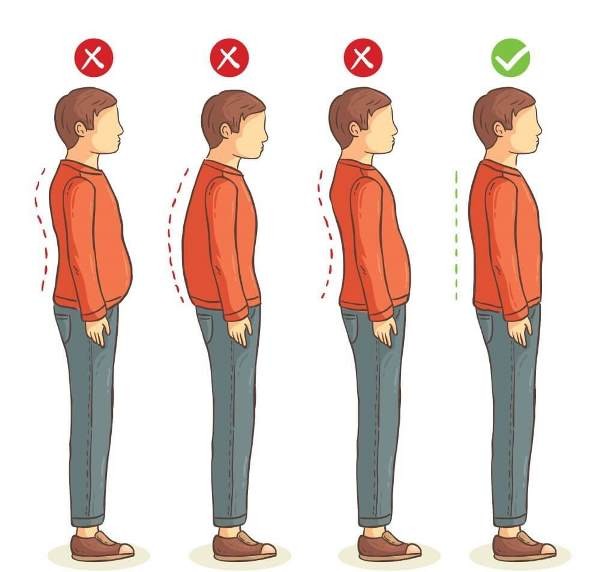
Standing Posture
Good posture is nothing more than keeping your body in alignment. Good posture while standing is a straight back, squared shoulders, chin up, chest out, stomach in. If you can draw a straight line from your earlobe through your shoulder, hip, knee, to the middle of your ankle. To get it, keep your weight on the balls of your feet. When you rest on your heels, your natural tendency will be to slouch. Instead, stand up, and make an effort to stand on the balls of your feet. Notice how the rest of your body follows. Now rock back so that your weight is on your heels.
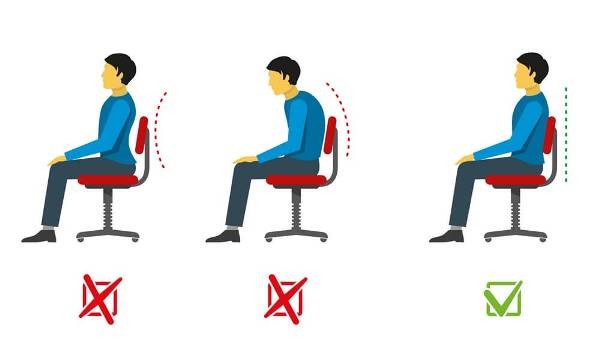
Sitting Posture
If you work long hours at a desk and have the option, use a chair that's ergonomically designed for proper support and designed for you. If this is not an option, try using a small pillow for lower back support. Align your back with the back of the office chair. This will help you avoid slouching or leaning forward, which you may find yourself doing after sitting too long at your desk. Keep your shoulders straight and squared, your head is upright, and your neck, back, and heels are all aligned. Keep both feet on the ground or footrest (if your legs don't reach all the way to the ground). Adjust your chair and your position so that your arms are flexed, not straight out. Aim for roughly a 75- to 90-degree angle at the elbows.
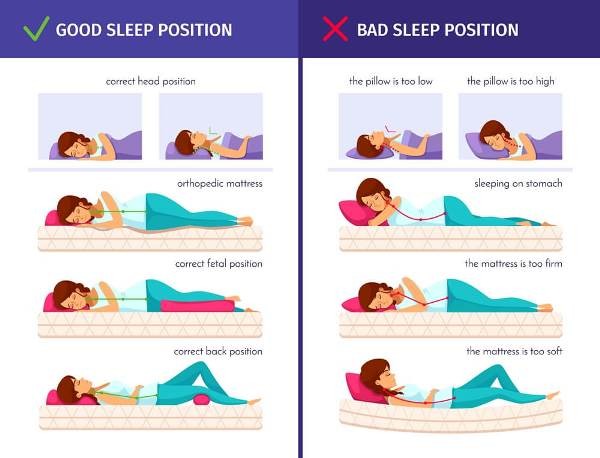
Sleeping Posture
While you will not be able to consciously maintain a particular posture while sleeping, how you sleep can have an effect on your waking posture. Using a firmer mattress will help by maintaining proper back support. Sleeping on your back will help keep your shoulders straight, and it is usually more comfortable for the back than sleeping on the stomach. If you prefer sleeping on your side, try slipping a small, flat pillow between your knees to help keep your spine aligned and straight. Use a pillow to provide proper support and alignment for the head and shoulders. Don't overdo the pillows—–too many, and your head can be bent in an unnatural position; this will hurt your posture.
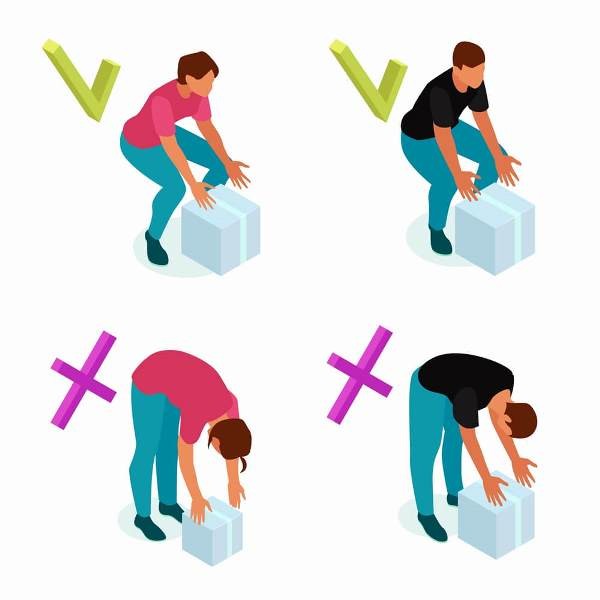
While carrying weight
Lifting or carrying objects without regard to your physiology can cause discomfort, pain, or in some cases, real injury. When you're lifting something off the ground, always bend at the knees, not the waist. Your back muscles are not designed for taking the weight, but your large leg and stomach muscles are. The closer you keep large or heavy objects to your chest, the less you use your lower back when carrying them. Balance your load to prevent stress and fatigue. If you're carrying a heavy suitcase, for example, change arms frequently.
Why Choose Cura?

Tailor Made Programs

Posture Enhancement
Pre-Post Habilitation Therapies

Advanced Technology
16+ Years of Experience
Virtual Support
Our Testimonials
Dr. Vaishnavi provides expert guidance & good counselling & easy to do, but effective exercises.
RAM SUMANT**
I visited Dr. Vaishnavi Amale for a wrist issue, and I am very happy with the results. The treatment plan was effective, and my wrist feels much better now. Dr. Vaishnavi is professional and highly skilled. Thank you, Team Cura!
Payal Agawane
I had a swollen and stiff arm for almost a week and immense pain couldn’t move it. Through a reference I visited Cura clinic and Dr. Vaishnavi Amale treated me so well that less than a week I was able to move my hand with almost no...
Shreya Kher
I consulted Dr. Vaishnavi Amale at Cura Physiotherapy Clinic for severe lower back pain, and the results were outstanding. Her treatment was well-planned, effective, and explained clearly at every step. Thanks to her expertise and care, I...



